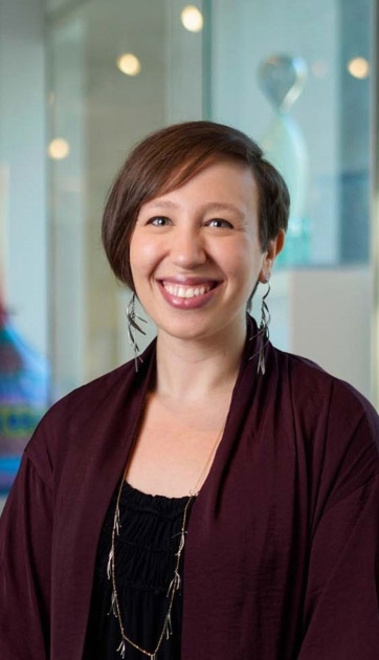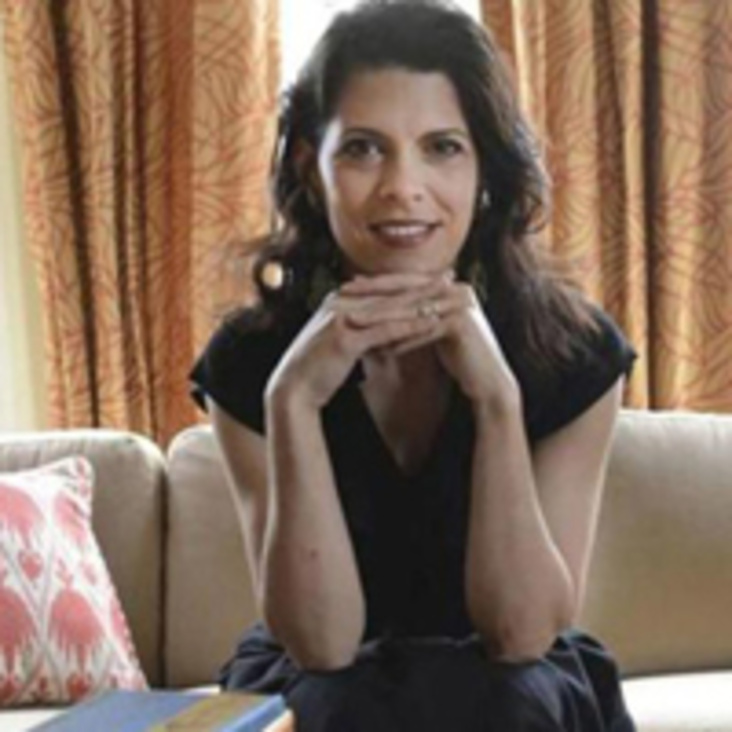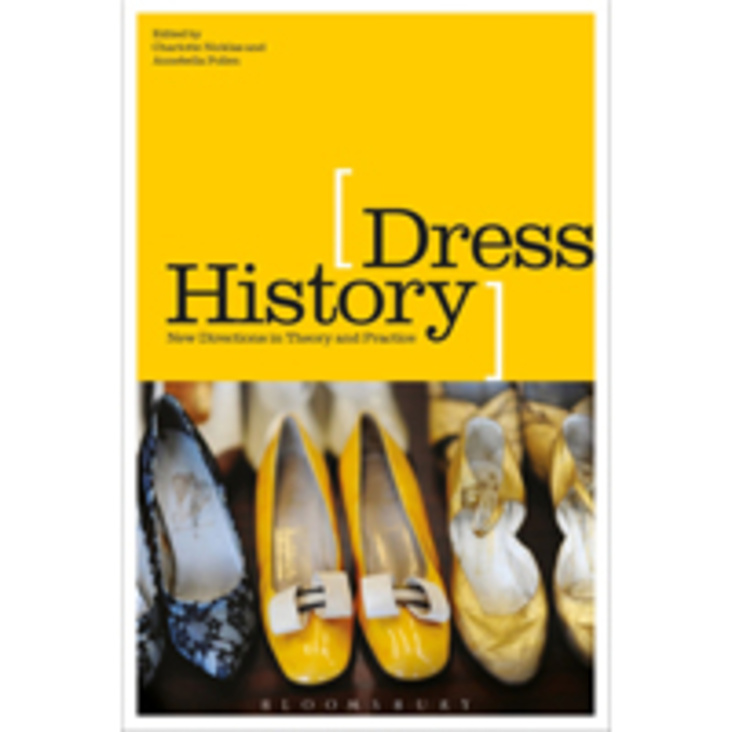
What attracted you to Bard Graduate Center?
I came to Bard Graduate Center shortly after completing my bachelor’s degree in art history at the University of Chicago. I worked on topics related to textiles and costume while an undergraduate, and wrote my senior thesis on the presentation of identity through dress in Cesare Vecellio’s sixteenth-century compendium of world costume. I became interested in textiles through making them: I wove and batiked, worked as a printer’s apprentice at The Fabric Workshop in Philadelphia, and designed theatrical costumes before and during college. At Bard Graduate Center, I recognized a tremendous opportunity to study textiles— as well as other aspects of decorative arts, design, and material culture in context—with an accomplished and dedicated faculty. To do so in a city that provided access to some of the richest and most relevant collections in the world was also appealing.What was your focus of study here, how did you find yourself involved with it?
At Bard Graduate Center, I gradually moved towards more contemporary material, writing a thesis on a lace school in turn-of-the-twentieth-century New York. While I certainly also broadened my study of material and object types, some of my most fulfilling experiences did indeed have to do with textiles. Working alongside Andrew Morrall and Melinda Watt on the exhibition and catalogue English Embroidery in the Metropolitan Museum of Art, 1580-1700: ’Twixt Art and Nature was a true highlight of my graduate school experience. I am incredibly grateful for the opportunity to have had access to the Met’s engaging collection and to have spent time working with the remarkable professionals in the museum’s Antonio Ratti Textile Center and Reference Library, where I spent a summer as a graduate fellow. Working with Catherine Whalen was another highlight. My time spent exploring twentieth- and twenty-first-century craft and design with her was instrumental not only in my post-graduate work in curatorial positions at Cranbrook, but also in shifting my professional interests towards the contemporary and in helping me develop skills for working with living artists and designers.You are the Museum of Fine Arts, Boston’s first Ronald L. and Anita C. Wornick Curator of Contemporary Decorative Arts. Describe your position.
As part of the MFA’s Department of Contemporary Art, I am the sole specialist in decorative arts within a five person contemporary team. I am the first person to hold this position in the museum. My focus is on making sure that international decorative arts, craft, and design are represented within our contemporary art program and are seen as a vital and exciting part of today’s creative expression. My first project was developing the inaugural installation of the museum’s Linde Family Wing for Contemporary Art, housed in a fully renovated 1981 I. M. Pei addition to the museum that had previously held temporary exhibitions. The newly considered Linde Wing, which opened in 2011, focuses on contemporary works across media and is the museum’s first dedicated space for its contemporary collection. While I oversee a gallery dedicated to contemporary decorative arts (the Daphne and Peter Farago Gallery) and build the museum’s collection in that area, I also make sure that this material is included in our thematic collection installations, in conversation with relevant historical works across the building, and is a key focus in our special exhibitions program. In 2013 I curated New Blue and White, which looked at contemporary artists and designers across fields and nationalities drawing inspiration from global blue-and-white ceramic traditions. In collaboration with colleagues in the Art of the Americas Department, Nature, Sculpture, Abstraction, and Clay: 100 Years of American Ceramics opened in January 2015; this show of seventy works explored the MFA’s wonderful American ceramics collection from the Arts and Crafts Movement to the present. Most recently, the exhibition and accompanying catalog, Crafted: Objects in Flux, looked at issues and themes in the changing landscape of contemporary craft and featured forty-two early-, mid-, and late-career international artists.How has your experience at Bard Graduate Center helped you in your career?
I have no doubt that without the education received and the networks developed during my time there—and after, with many wonderful alumni in the field—I would not be in my current position. It is a pleasure to count among my professional colleagues a number of other BGC alums in curatorial positions at the MFA and elsewhere.March 2016


